What Different Newborn Animals Look Like
Not all newborn animals look the way they do in adulthood. Many of them are born tiny and helpless, deaf, and blind.
5-Minute Crafts decided to find out what different newborn animals look like and how they change during the first months of their lives.
Baby stingray
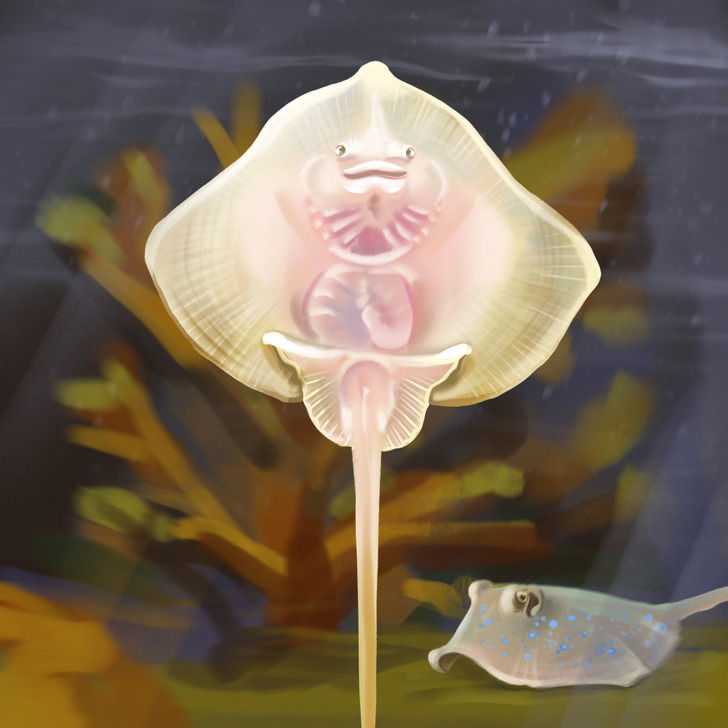
All species of stingrays are ovoviviparous. Females carry their offspring in eggs inside their own bodies until baby stingrays are ready to hatch. After birth, most baby stingrays swim away from their mother and become completely independent, although, there are also species where the mother continues to take care of her offspring for some time.
Muskox calf
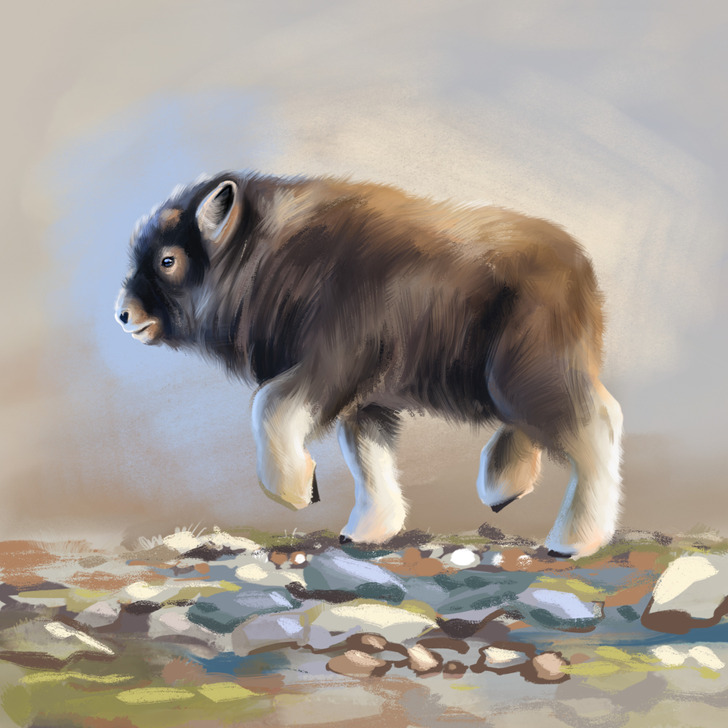
Just a few hours after birth, baby musk oxen can stand and walk and begin to travel with the herd. For the first 2 months, they feed on mother’s milk and then gradually switch to vegetation.
Musk oxen remain next to their mothers for the first 2 years, and after that, they begin to lead a more independent lifestyle.
Baby platypus
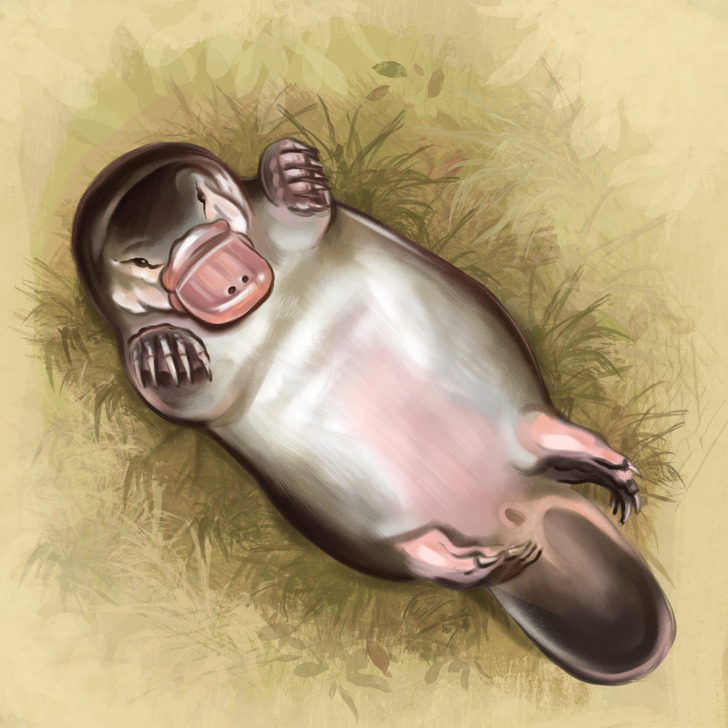
The platypus is 1 of 2 mammals that lay eggs. To give birth to offspring, a female platypus retires in a hole and lays 1 to 3 eggs there, from which baby platypuses hatch after about 10 days. Babies are born tiny (the size of a bean), blind, and completely helpless, so they really need maternal care.
Interestingly, despite the presence of mammary glands, platypuses lack nipples. The mother’s milk is secreted directly through the pores in the skin and flows into the grooves on her stomach, from where the babies can drink it. Little platypuses are born with teeth but they lose them at a young age. In adulthood, they get horny plates, which they use to grind food.
Baby echidna
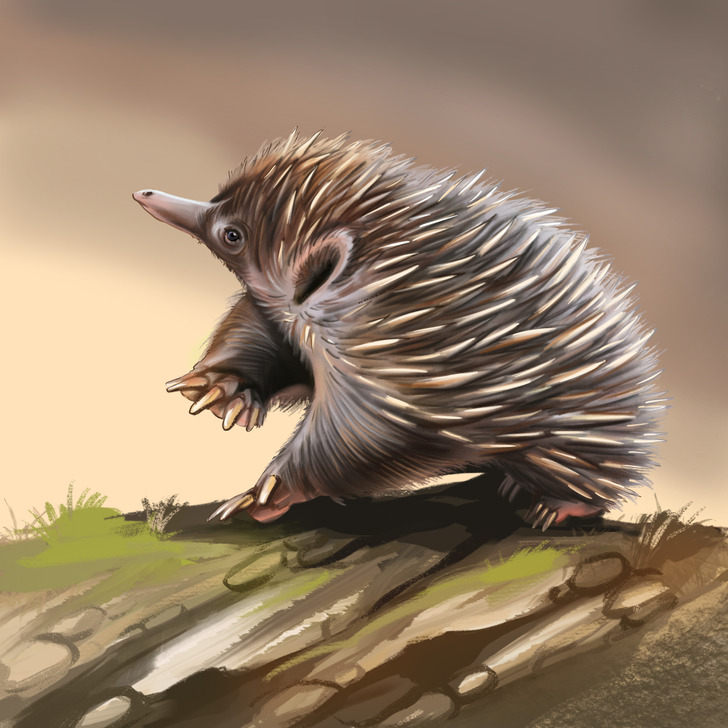
The echidna is the second mammal that, like the platypus, lays eggs. A female echidna lays a single tiny egg, which she carries in a leathery pouch on her stomach until the baby arrives. The baby, called a puggle, hatches after 10 days but remains in the pouch for another 45-55 days. During this time, it grows and drinks milk from a special area on the skin. After a while, the puggle begins to develop spines. The mother digs a nursery burrow for it and leaves it there while searching for food. She comes back and nurses the cub until it’s 7 months old.
Baby sloth
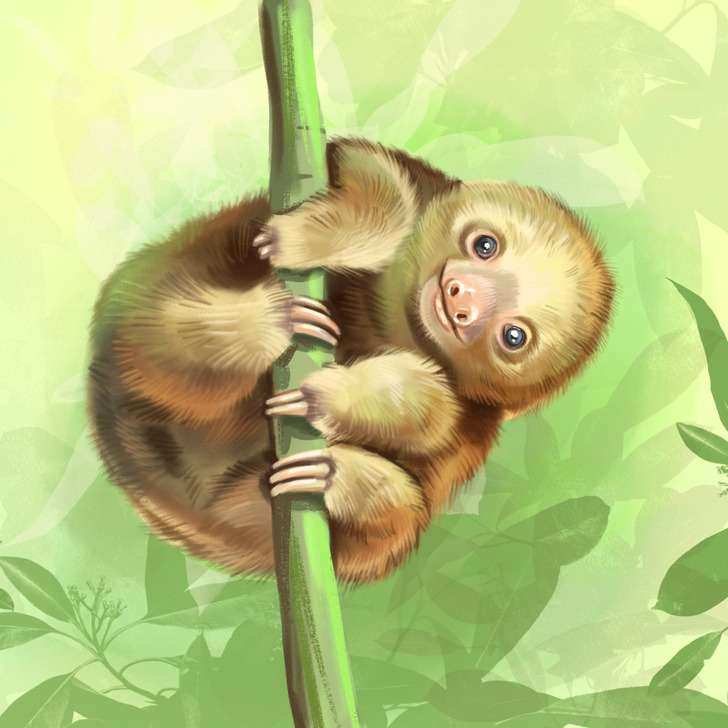
Sloths spend most of their lives on trees and produce offspring there too. Females give birth hanging from a tree branch, upside down. After birth, baby sloths immediately cling tightly to their mothers. They are very sturdily built and rarely get injured when falling from trees if this happens at all.
Baby elephant
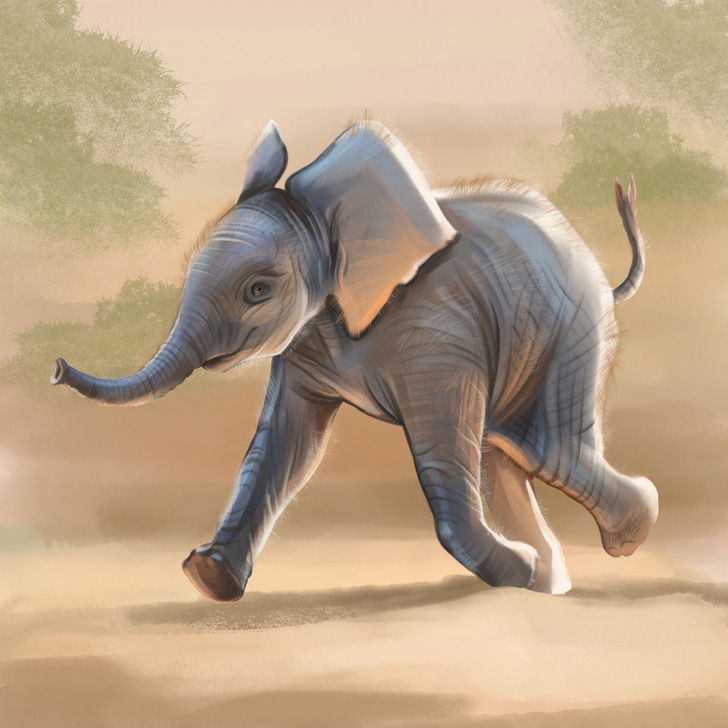
Elephants carry a baby for a long time, about 2 years. Birth usually takes place during the wet season, and the mother elephant has 1 or 2 babies. The bodies of little elephants are covered with brownish-red hair that darkens and becomes thinner as they grow older.
Despite the fact that baby elephants quickly learn to walk and can follow the herd soon after birth, they remain dependent on their mothers for a long time, and they feed them with their milk for up to 3 years and protect them from predators.
Baby donkey
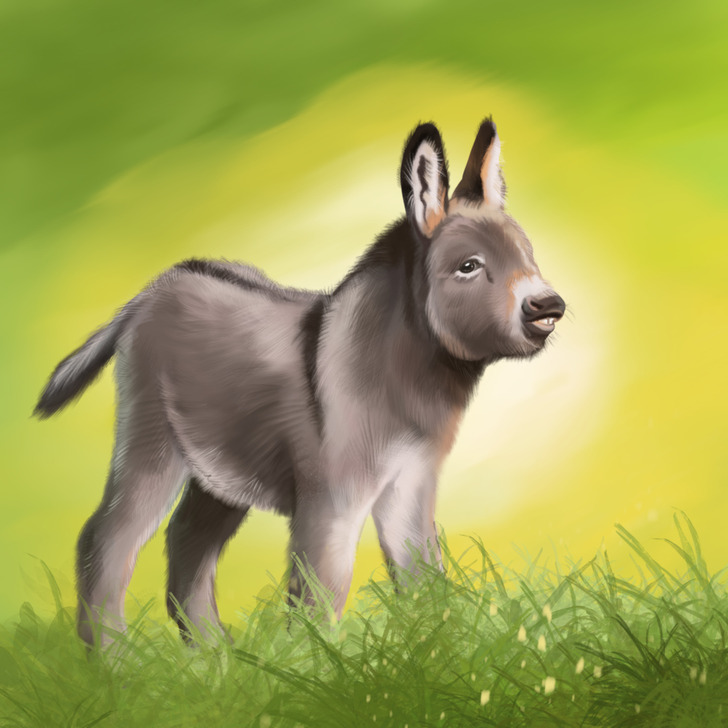
Piglet
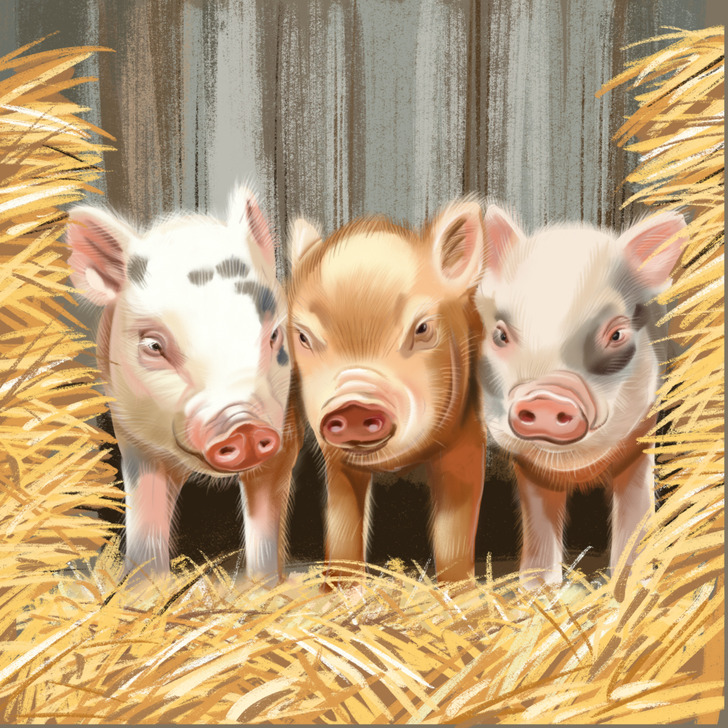
Rabbit kitten
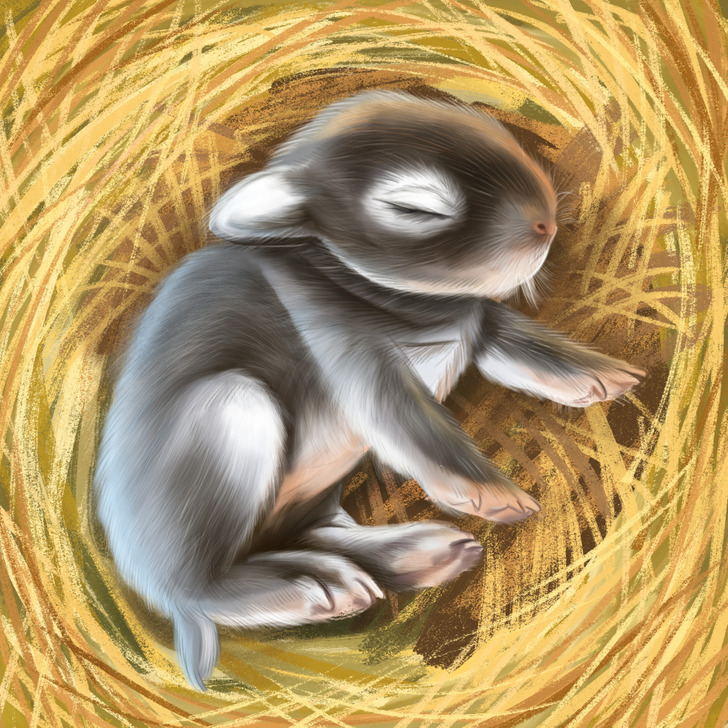
A rabbit mother’s pregnancy lasts about 30 days. Kittens are born almost hairless and blind, so they really need maternal care. Many of them don’t survive to adulthood due to infection, injury, and predation. Rabbits have a very high fertility rate which helps them maintain population numbers despite high mortality rates. On average, a female is able to give birth to 60 kittens per year and become pregnant the very next day after giving birth.
Baby skunk
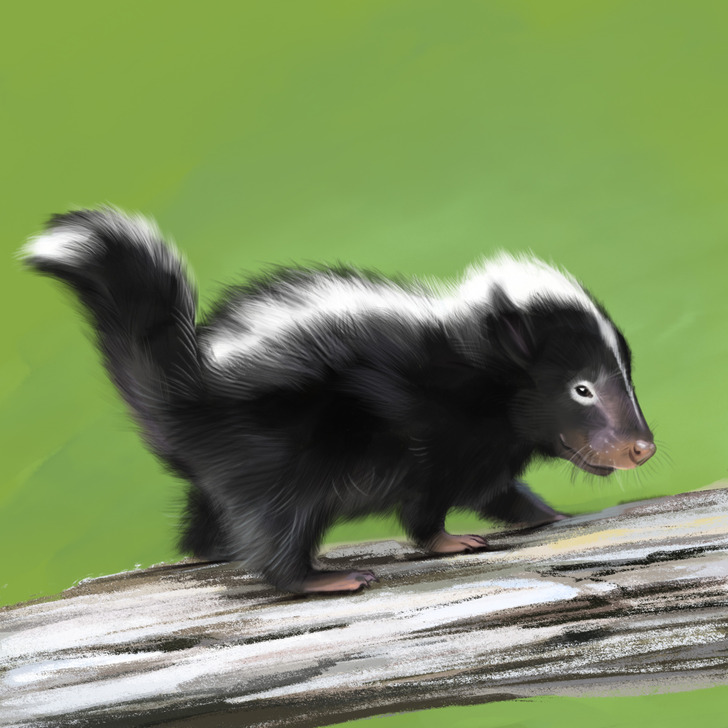
Baby skunks are born covered with soft fur but are completely blind and deaf. They open their eyes for the first time about 3 weeks after birth and stay with their mother until they are ready to live on their own.
Baby chipmunk
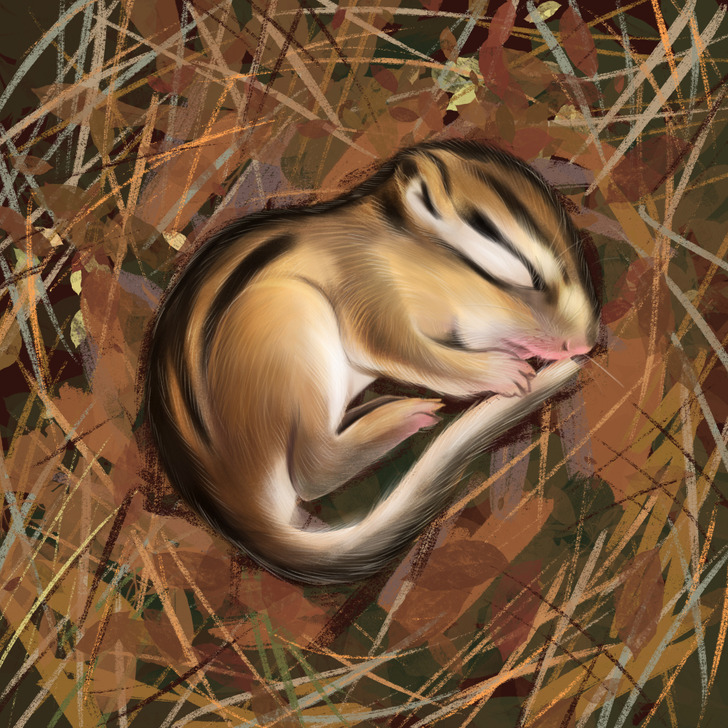
A newborn chipmunk weighs less than an ounce and is about the size of a jellybean. Chipmunks are born blind and completely hairless, so they spend the first 6 weeks of their lives in a burrow. At 6 weeks old, the babies’ bodies get covered with fur, and they begin to go out in search of food together with their mother. And at around 8 weeks old, young chipmunks begin to live independently.
Baby fox
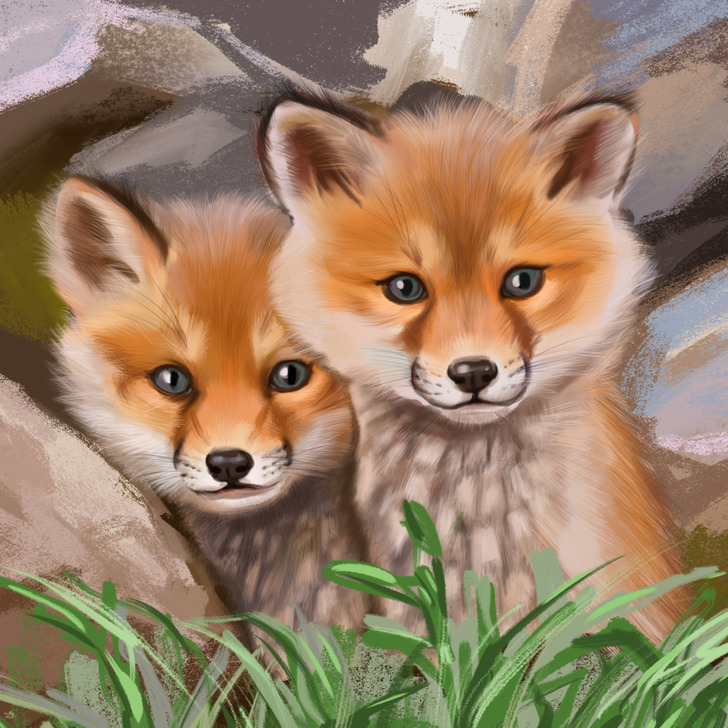
The pregnancy of a fox, which usually occurs in winter, lasts 53 days and ends with the birth of several pups (usually 2 to 7). The birth takes place in a burrow, which will be the babies’ home for the next few weeks. Both parents take care of the offspring. They spend the whole summer with the cubs, preparing them to start an independent life in the fall.
Baby hedgehog
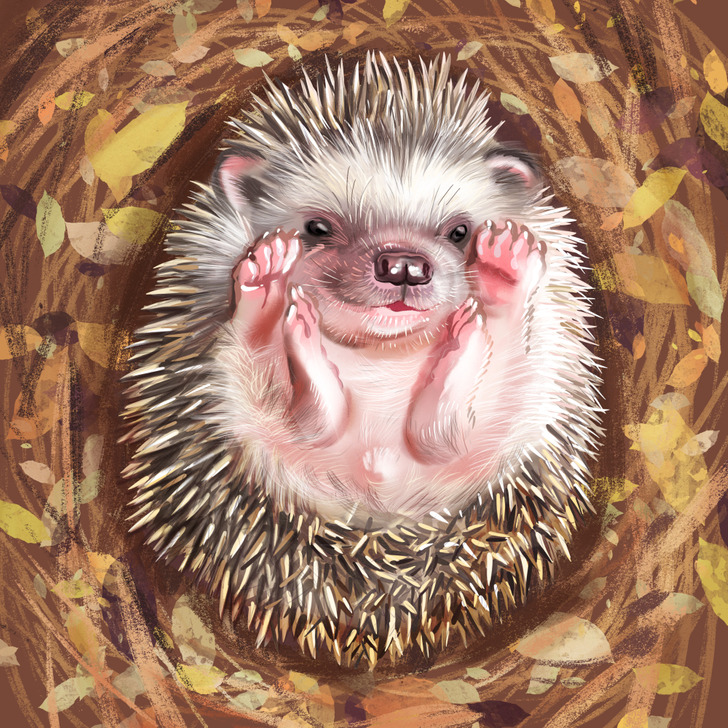
Baby crocodile
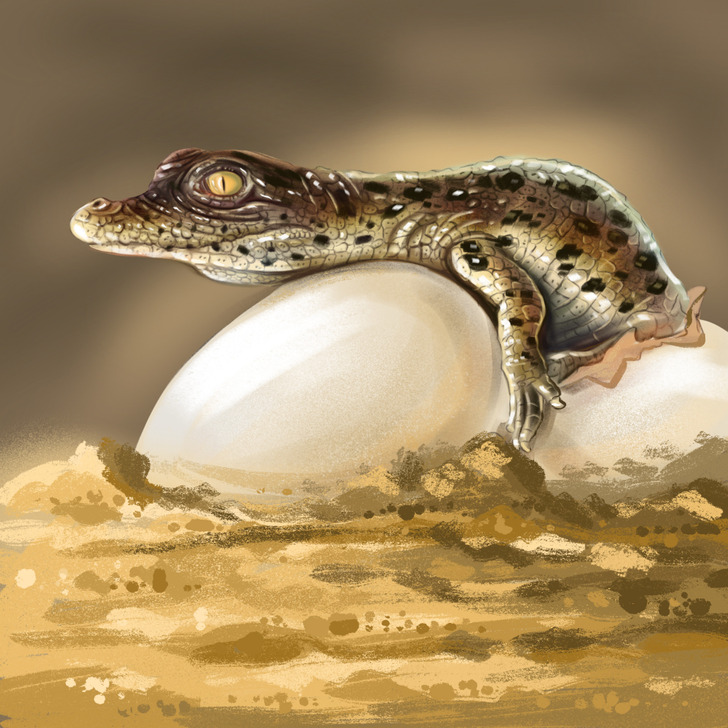
Depending on the species, crocodiles lay anywhere from 7 to 95 eggs at a time. After a while (usually 2-3 months), baby crocodiles hatch, breaking the shell with a special egg-tooth at the tip of their snouts. Parents take care of their cubs for about a year — until the next mating season.
Interestingly, sex is not determined genetically in crocodiles, it depends on the temperature at which the eggs remain. The eggs that stayed at a lower temperature are more likely to produce female crocodiles, while the eggs that stayed at a higher temperature are more likely to produce males.
Baby hippo
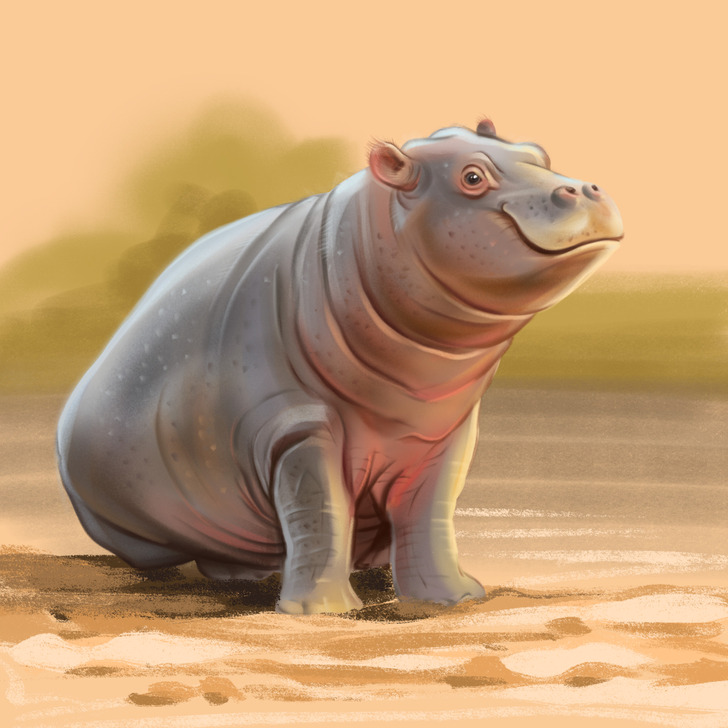
After a pregnancy that lasts about 8 months, the female hippo gives birth to only 1 baby. She feeds it with milk for about 18 months and carries it on her back to keep it safe. Young hippos are dependent on their mothers for a long time and often leave them only at the age of 7 or 8 years. After that, young males will go find their own territory, and young females will gather in groups and coexist as a herd.